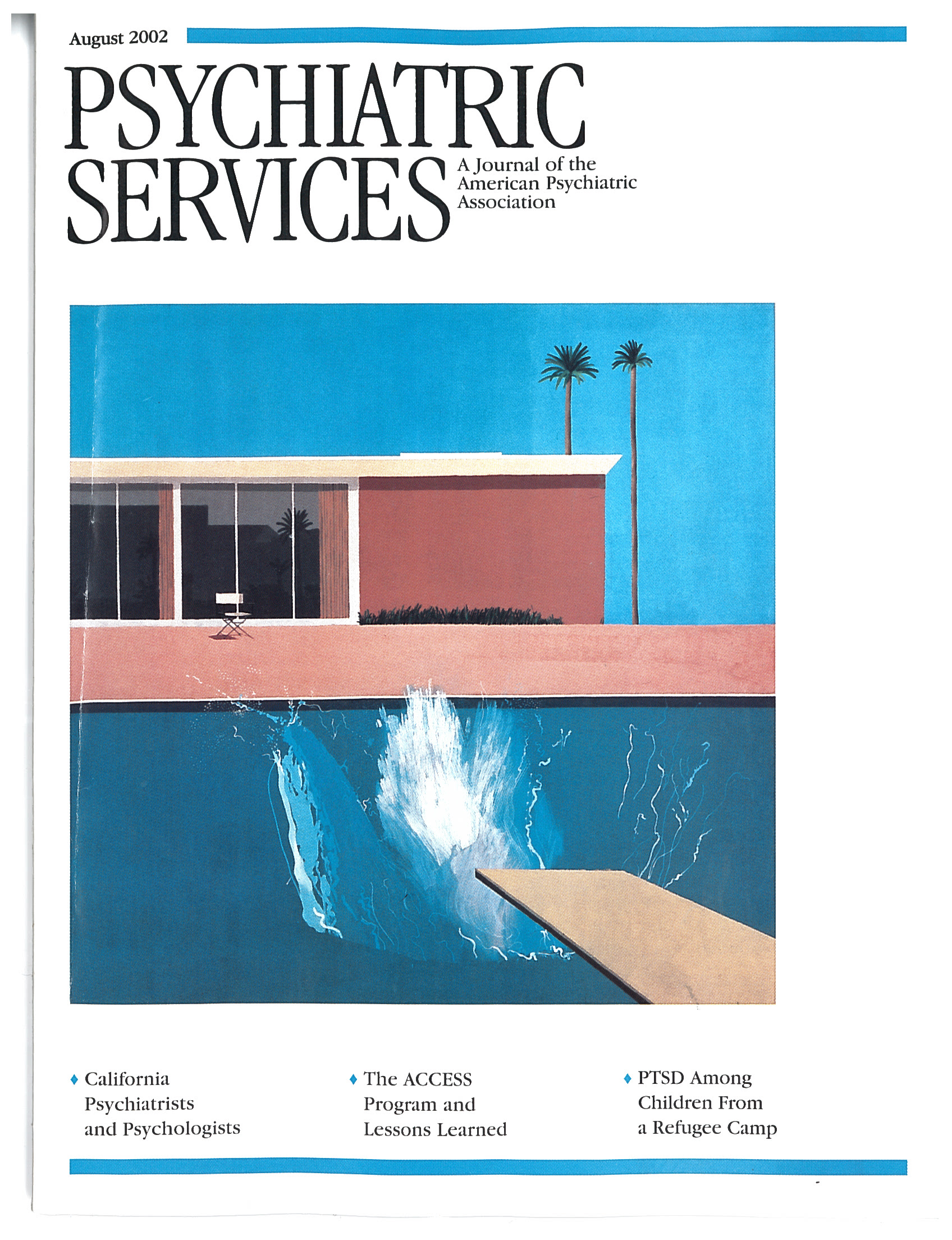Much energy is spent seeking to increase the acceptance of electroconvulsive therapy (ECT) in the treatment of severe psychiatric illness. ECT's efficacy in providing relief to patients for whom medications have not worked is well documented. In response to proscription of ECT by the California legislature in 1973, the American Psychiatric Association (APA) established its first task force on ECT to understand why the public was hostile to this treatment. The task force's 1978 report (
1) recognized that the efficacy and safety of ECT warranted its use. In response to the charges of abuse of ECT, the task force introduced informed and personally signed consent as the new standard of care; that standard is now firmly established.
However, the 1978 report did not give adequate attention to the technical details of ECT, and numerous texts on ECT soon appeared. APA commissioned a 1990 update (
2), which quickly became the standard for care. The volume reviewed here is a revised edition of that update, commissioned to accommodate new knowledge.
The most investigated question in ECT is electrode placement. The 1978 report recognized, and the 1990 report encouraged, the use of right unilateral electrode placement (RUL) for patients with depression. This recommendation was based on evidence that its efficacy seemed equal to that of bitemporal electrode placement (BT), with lesser immediate and short-term cognitive deficits.
But more recent studies have questioned the equivalence of RUL and BT. It was thought that any stimulus sufficient to elicit a grand mal seizure would be clinically effective, regardless of electrode placement. While that concept is true for BT, the efficacy of RUL depends on the level of energy above a measured seizure threshold. Indeed, effective RUL required six times the seizure threshold to approximate the efficacy of BT (
3). Unfortunately, increasing the energy level increases immediate cognitive deficits, vitiating any vaunted advantage for RUL (
4).
Despite these findings, the revised report recommends the preferential use of unilateral electrode placement with the energy level at six times the seizure threshold. This recommendation does not have secure grounding and does not warrant the APA imprimatur. The recommendation also requires that practitioners assess seizure thresholds by titration for RUL. But neither the safety nor the merits of this procedure compel its use.
The report is extensively referenced, reflecting the increasing number of publications about ECT as interest has grown in the past two decades. In format, the revision follows the 1990 report closely.
As a guide for ECT practitioners, this revision adds little to the earlier version. The ECT practitioner will be better served by one of the smaller technical handbooks available (
5,
6) or by Abrams' definitive text (
7). For clinicians who do not actively practice ECT, the Abrams textbook or the trade book by Fink (
8), designed for patients and their families, would make better reading.

